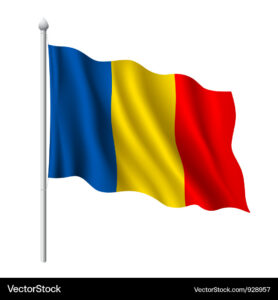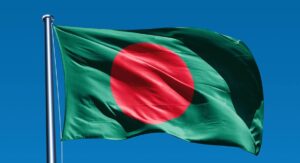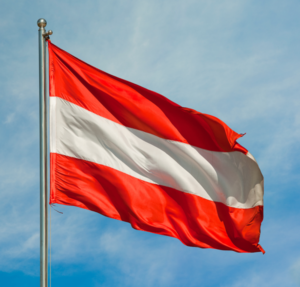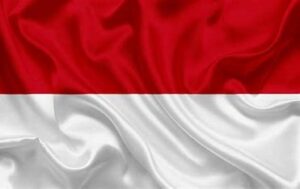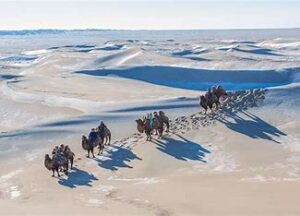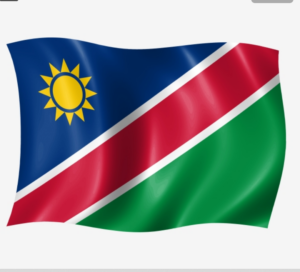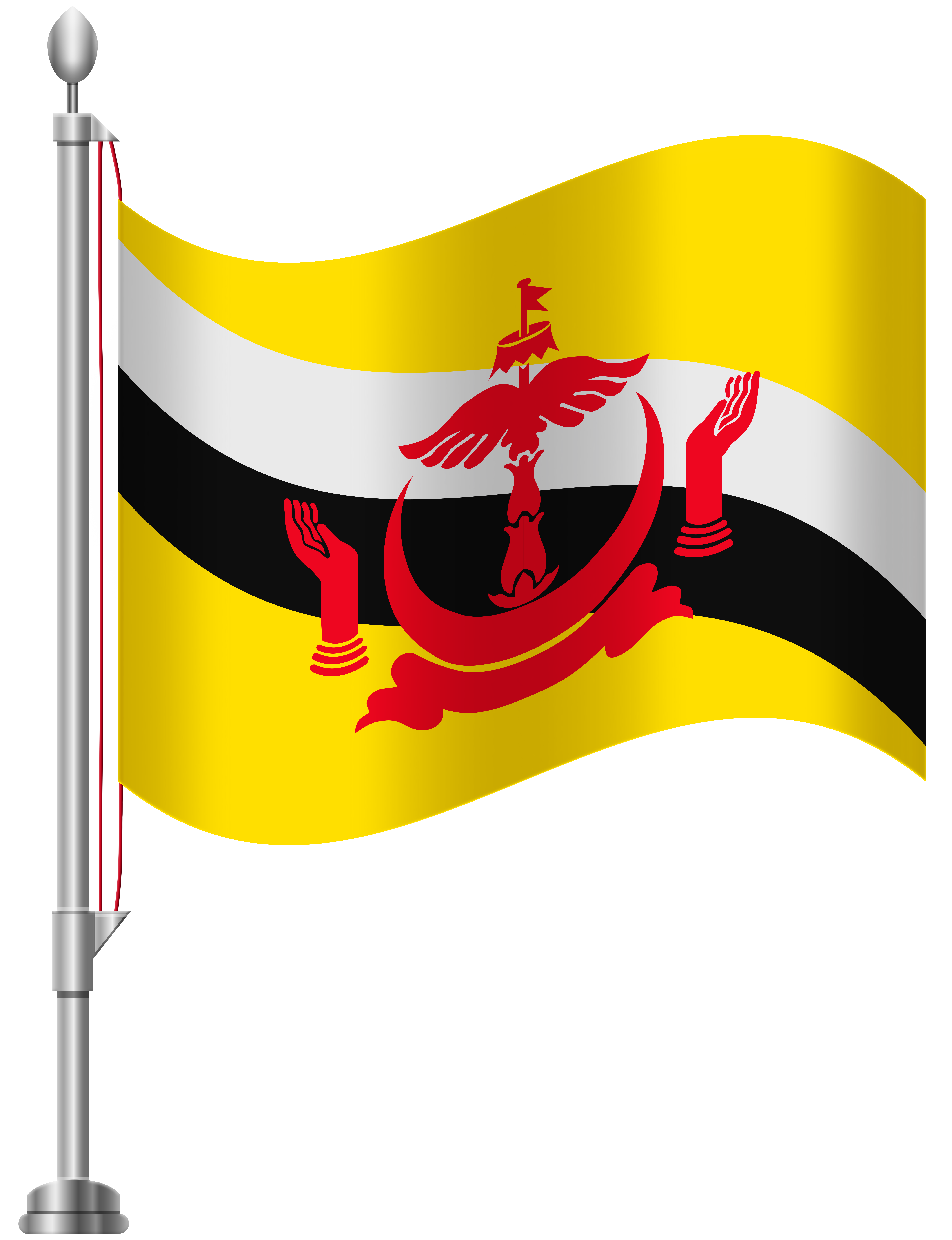
Top 10 Beautiful Sites in Brunei A small but fascinating country rich in history and tradition, a must-see for tourists.
These sites offer a fascinating glimpse into Brunei’s heritage, from magnificent mosques and royal palaces to ancient tombs and cultural villages.
Whether you’re a history buff or a curious traveler, these destinations promise an enriching experience, highlighting the unique charm and storied past of this beautiful country.
Here are the top 10 beautiful sites for tourists in Brunei, each with a brief introduction:
1. Sultan Omar Ali Saifuddien Mosque
2. Royal Regalia Museum
3. Istana Nurul Iman
4. Kampong Ayer (Water Village)
5. Jame’ Asr Hassanil Bolkiah Mosque
6. Brunei Museum
7. Tamu Kianggeh
8. Bubungan Dua Belas
9. Lapau and Dewan Majlis
10. Malay Technology Museum
1. Sultan Omar Ali Saifuddien Mosque Brunei.
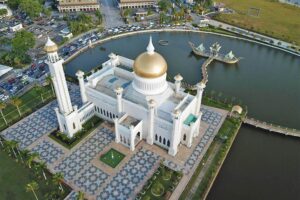
The Sultan Omar Ali Saifuddien Mosque is one of the most beautiful sites in Brunei, stands as an iconic symbol of Brunei’s rich Islamic heritage and architectural splendor, nestled amidst the serene surroundings of Bandar Seri Begawan, the capital city.
Named after the 28th Sultan of Brunei, the mosque’s construction began in 1954; subsequently, it was completed in 1958, showcasing a blend of modern and traditional Islamic architectural styles.
Approaching the mosque, tourists immediately become captivated by its striking golden dome, which symbolizes the faith’s reverence and spiritual significance.
The mosque’s elegant minarets and gleaming white façade complement lush gardens and an artificial lagoon that mirrors its beauty, creating a tranquil atmosphere conducive to contemplation and prayer.
In the prayer hall, intricate carpets, chandeliers, and elaborate calligraphy adorn the walls, reflecting craftsmanship and devotion to detail.
The focal point of the mosque is the main prayer hall, featuring a magnificent Italian marble floor, stained glass windows from England, and walls adorned with Quranic verses and Islamic motifs.
Surrounding the mosque, tourists can explore the meticulously landscaped gardens; furthermore, these gardens include pathways, fountains, and lush greenery.
The mosque’s strategic location on the banks of the Brunei River offers panoramic views of the city skyline; additionally, it serves as a beacon of spiritual and cultural significance for locals and visitors alike.
Visiting the Sultan Omar Ali Saifuddien Mosque allows tourists to appreciate Brunei’s commitment to Islamic art and architecture, offering a serene and enlightening experience that highlights the country’s cultural heritage and spiritual devotion.
Guided tours and informative displays provide deeper insights into the mosque’s history, architecture, and the role of Islam in Bruneian society.
2. Royal Regalia Museum Brunei.
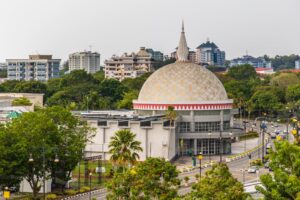
The Royal Regalia Museum in Bandar Seri Begawan, Brunei, is a testament to the rich cultural heritage and royal traditions of the Sultanate.
Located near the majestic Sultan Omar Ali Saifuddien Mosque, the museum houses an extensive collection of royal artifacts, gifts, and memorabilia associated with the Sultan and the royal family; consequently, offering visitors a glimpse into the rich history and culture of Brunei.
Approaching the museum, tourists are greeted by its grand façade and ornate architecture, reflecting Brunei’s commitment to preserving its royal legacy.
Upon entering, visitors are immersed in a world of opulence and history; hence, the museum showcases a variety of exhibits that chronicle the life and reign of the Sultan.
The elaborate chariot used during royal processions, adorned with intricate carvings and gilded decorations, is one of the museum’s highlights.
Visitors can also marvel at the Sultan’s ceremonial attire, including royal garments and accessories crafted from the finest materials and embellished with jewels.
The museum’s galleries showcase treasures like gold and silver ceremonial objects, weaponry, and artifacts gifted by foreign dignitaries.
Each exhibit is meticulously curated to offer insights into Brunei’s royal traditions, cultural practices, and diplomatic relations.
The section dedicated to the Sultan’s coronation and other significant royal events features photographs, documents, and multimedia presentations that capture these historic moments, creating a particularly poignant display.
Visiting the Royal Regalia Museum, one of the beautiful sites in Brunei, provides tourists with a unique opportunity to delve into Brunei’s royal heritage; thus, allowing them to gain a deeper appreciation for its cultural richness and traditions.
The museum’s informative displays, guided tours, and serene ambiance make it a must-see destination for those interested in exploring Brunei’s royal history and legacy.
3. Istana Nurul Iman Brunei.
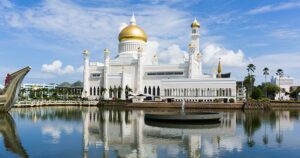
Istana Nurul Iman one of the most beautiful sites, located on the banks of the Brunei River in Bandar Seri Begawan, is the magnificent royal palace and residence of the Sultan of Brunei, Hassanal Bolkiah is a must-visit for tourists.
Translating to “Palace of the Light of Faith,” Istana Nurul Iman is not only a residence but also serves as the seat of the Bruneian government and a symbol of the nation’s sovereignty and prosperity.
As tourists approach Istana Nurul Iman, its grandeur and opulence, featuring an impressive blend of Islamic and Malay architectural styles, strike them.
The palace is characterized by its sprawling size; moreover, it boasts over 1,700 rooms, making it one of the largest residential palaces in the world.
Gleaming domes, elegant minarets, and intricately designed facades adorn the exterior, reflecting the country’s cultural and architectural heritage.
While Istana Nurul Iman is primarily the private residence of the Sultan and his family, it opens its doors to the public during special occasions such as Hari Raya Aidilfitri (Eid al-Fitr) celebrations, allowing visitors to witness its splendor and majesty firsthand.
Beautifully landscaped gardens, courtyards, and ceremonial halls encompass the palace grounds, where state events and royal ceremonies take place.
Visiting Istana Nurul Iman offers tourists a glimpse into the life of Brunei’s royal family and provides insights into the country’s monarchy and governance.
While access to the interior may be limited, the exterior and surrounding grounds provide a captivating backdrop for photos and a memorable experience that highlights Brunei’s cultural heritage and royal traditions.
4. Kampong Ayer (Water Village) Brunei.
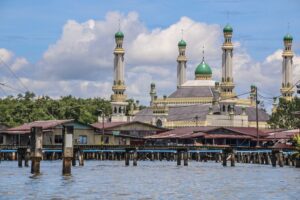
One of the beautiful sites for tourists, Kampong Ayer, also known as Water Village, is a unique and historic settlement spread along the banks of the Brunei River.
Often referred to as the Venice of the East, Kampong Ayer is one of the largest water villages in the world; furthermore, it has been inhabited for over a thousand years, making it a testament to Brunei’s cultural heritage and maritime history.
Approaching Kampong Ayer, tourists are greeted by a picturesque scene of stilt houses built on wooden platforms above the water, connected by a network of wooden walkways and bridges.
The village comprises several interconnected communities; furthermore, each with its own mosques, schools, shops, and amenities, creating a vibrant and self-sustaining community on the water.
Visitors to Kampong Ayer can explore the village’s narrow waterways and alleys by taking boat tours or water taxis operated by local residents.
These tours offer a fascinating glimpse into daily life in the water village, where fishing and boat-building traditions still thrive alongside modern developments.
One of the highlights of Kampong Ayer is the cultural immersion it offers.
Tourists can visit the Malay Technology Museum, which showcases traditional Bruneian architecture, crafts, and tools used by the villagers.
Additionally, the village’s mosques, such as the Kampong Ayer Mosque, provide insights into Islamic architecture and religious practices in Brunei.
Kampong Ayer is not just a tourist attraction but a living community where Bruneians have preserved their cultural identity and heritage amidst modernization.
Visiting Kampong Ayer allows tourists to appreciate Brunei’s unique way of life and experience the charm of a water village that has stood the test of time.
5. Jame’ Asr Hassanil Bolkiah Mosque Brunei.
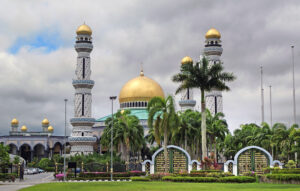
Jama Asr Hasanil Bolkiah Mosque is one of the most beautiful sites in Bandar Seri Begawan, Brunei, and stands as a magnificent symbol of Islamic architecture and religious devotion and attracts tourists.
Completed in 1994 to commemorate the 25th anniversary of the reign of Sultan Haji Hassanal Bolkiah, the mosque is named after the current Sultan; additionally, it is one of the largest and most grandiose mosques in Brunei.
Tourists approaching the mosque immediately notice its impressive size and elegant design.
The exterior features gleaming domes, towering minarets, and intricate Islamic geometric patterns and calligraphy; hence, all meticulously crafted using modern materials and traditional techniques.
Well-maintained gardens and pathways surround the mosque, adding to its serene and spiritual ambiance.
As visitors enter the mosque, they find themselves welcomed into a spacious and beautifully adorned prayer hall, which can accommodate thousands of worshippers.
Luxurious carpets, chandeliers, and marble columns adorn the interior, creating a tranquil and majestic atmosphere conducive to prayer and reflection.
One of the highlights of Jame’ Asr Hassanil Bolkiah Mosque is its blend of modern amenities and traditional Islamic architecture.
The mosque complex includes facilities such as an Islamic bookstore, lecture halls, and prayer rooms for men and women, catering to the spiritual needs of the local Muslim community and visitors alike.
The mosque’s strategic location near major landmarks in Bandar Seri Begawan attracts tourists seeking architectural splendor and Islamic culture.
Guided tours and informative displays provide deeper insights into the mosque’s construction, significance, and the role of religion in Bruneian society; thus enhancing visitors’ understanding and appreciation of the cultural and religious aspects.
A visit to Jame’ Asr Hassanil Bolkiah Mosque offers a profound cultural and spiritual experience amidst the modernity and tradition of Brunei.
6. Brunei Museum Brunei.
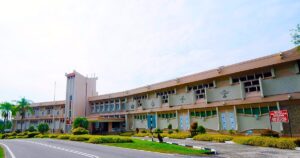
The Brunei Museum, which is regarded as one of the world’s most stunning sites, is a cultural institution that offers tourists a comprehensive understanding of Brunei Darussalam’s history, heritage, and traditions.
Established in 1965, the museum is housed in a modern building surrounded by lush gardens, providing a serene setting for visitors to explore Brunei’s rich cultural tapestry.
As tourists approach the Brunei Museum, its distinctive architecture, characterized by a blend of traditional Malay and modern design elements, greets them.
However, the museum’s exterior features decorative motifs and intricate carvings that reflect Brunei’s artistic heritage and attention to detail.
Inside, the museum’s galleries are organized thematically to showcase a diverse collection of artifacts, exhibits, and displays that span the country’s history from prehistoric times to the present day.
Visitors can explore archaeological finds, as well as ancient manuscripts, traditional costumes, weaponry, and ceremonial objects, all of which illustrate Brunei’s cultural evolution and the influences from neighboring Southeast Asian countries.
One of the museum’s highlights is the Sultanate of Brunei Gallery, which features royal regalia, gifts from foreign dignitaries, and memorabilia associated with the Bruneian monarchy.
Another notable exhibit is the Ethnographic Gallery, where visitors can learn about the daily lives, customs, and traditions of Brunei’s diverse ethnic groups.
The Brunei Museum also houses a Natural History Gallery, showcasing the country’s rich biodiversity, geological formations, and ecosystems.
Interactive displays and multimedia presentations provide educational insights into Brunei’s natural environment and conservation efforts.
Visiting the Brunei Museum not only offers tourists a deeper appreciation of the country’s cultural heritage but also its historical legacy.
Guided tours, informative exhibits, and educational programs cater to visitors of all ages, making it a must-see destination for those interested in exploring Brunei’s vibrant cultural identity and traditions.
7. Tamu Kianggeh Brunei.
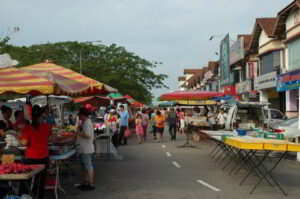
Tamu Kianggeh one of the attractive sites, located in Bandar Seri Begawan, Brunei, is a bustling open-air market that offers tourists a vibrant and authentic glimpse into Brunei’s local culture, culinary delights, and traditional crafts.
Situated along the banks of the Kianggeh River, the market is a popular gathering place for both locals and visitors looking to experience the hustle and bustle of Bruneian daily life.
Approaching Tamu Kianggeh, tourists are greeted by rows of colorful stalls and canopies, adorned with a variety of goods ranging from fresh produce and seafood to handicrafts, textiles, and traditional snacks.
The sounds of vendors calling out their wares and shoppers bargaining for the best prices enhance the market’s lively atmosphere.
One of the highlights of Tamu Kianggeh is its diverse array of local fruits and vegetables, including tropical delights such as durian, rambutan, and mangosteen, as well as spices, herbs, and freshly caught seafood sourced from Brunei’s coastal waters.
Visitors can sample authentic Bruneian cuisine such as ambuyat (a traditional dish made from sago starch) and satay while exploring the market’s culinary offerings.
Tamu Kianggeh offers traditional handicrafts like woven baskets, batik fabrics, woodcarvings, and silverware, allowing tourists to buy unique gifts showcasing Brunei’s artistic heritage.
The market’s location near the heart of Bandar Seri Begawan makes it easily accessible for tourists exploring the city’s attractions, including nearby landmarks like the Omar Ali Saifuddien Mosque and Kampong Ayer.
Tamu Kianggeh is not just a marketplace but a cultural experience that allows visitors to immerse themselves in Brunei’s vibrant community spirit, culinary traditions, and local craftsmanship.
8. Bubungan Dua Belas Brunei.
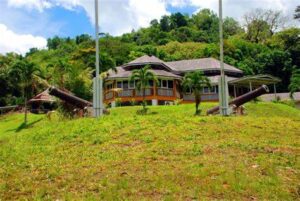
Bubungan Dua Belas, also known as Twelve Roofs House, is considered one of the most beautiful sites, a unique cultural heritage located in Bandar Seri Begawan, Brunei that attracts tourists.
This traditional Malay house, dating back to the early 20th century, stands as a symbol of Brunei’s architectural heritage. Moreover, it serves as a museum showcasing the country’s cultural traditions.
Approaching Bubungan Dua Belas, tourists notice its unique architectural design, characterized by twelve steeply pitched roofs that symbolize prosperity and protection in Malay culture.
Local builders construct the house entirely from materials such as belian hardwood, known for its durability and resistance to pests, ensuring the structure’s longevity.
Visitors to Bubungan Dua Belas can explore the interior of the house, thereby gaining insights into the preserved traditional Bruneian Malay lifestyle and customs.
The house is furnished with antique furniture, household items, and artifacts that provide insights into daily life during the early 20th century, showcasing traditional craftsmanship and cultural practices.
Bubungan Dua Belas serves as a cultural museum, offering guided tours and informative exhibits to educate tourists on Brunei’s architectural heritage, cultural traditions, and historical significance.
Visitors can learn about the construction techniques used in traditional Malay houses, as well as the symbolism behind architectural features such as the roofs and decorative carvings.
The location of Bubungan Dua Belas in Bandar Seri Begawan’s cultural district makes it a convenient stop for tourists exploring other nearby attractions, including mosques, markets, and museums.
A visit to Bubungan Dua Belas offers tourists a deeper appreciation for Brunei’s rich cultural heritage and architectural craftsmanship, providing a memorable glimpse into the country’s traditional way of life.
9. Lapau and Dewan Majlis Brunei.
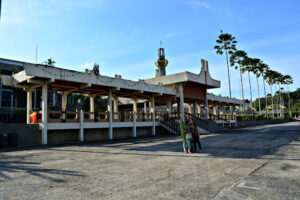
The Lapau and Dewan Majlis, situated in Bandar Seri Begawan, Brunei, are iconic landmarks that reflect the country’s rich cultural heritage and royal traditions.
In fact, these two buildings, located near each other in the heart of the capital city, serve as significant venues for royal ceremonies, state functions, and important cultural events.
As tourists approach the Lapau and Dewan Majlis, their majestic architecture and symbolic importance in Brunei’s monarchy greet them.
The Lapau, also known as the Royal Ceremonial Hall, is a traditional Malay-style building with a grand entrance adorned with intricate carvings and ornamental designs.
Historically, the Bruneian monarchy has used it for royal coronations, royal weddings, and other formal ceremonies.
Additionally, next to the Lapau stands the Dewan Majlis, or the Legislative Council Building, which serves as the venue for the country’s parliamentary sessions and governmental meetings.
This building features a more modern architectural style, reflecting Brunei’s blend of traditional and contemporary influences in its governance and legislative processes.
Well-manicured gardens and landscaped areas surround both buildings, providing a serene and dignified atmosphere suitable for state functions and public gatherings.
Tourists visiting the Lapau and Dewan Majlis can admire the craftsmanship of the architecture. Additionally, they can learn about Brunei’s royal ceremonies and governance system and appreciate the significance of these venues in the country’s cultural and political life.
While officials may restrict access to the interiors of these buildings during official events, their exterior beauty and historical significance make them important landmarks to include in any exploration of Bandar Seri Begawan’s cultural district.
The Lapau and Dewan Majlis offer tourists a glimpse into Brunei’s royal traditions, governance structure, and architectural heritage, providing a deeper understanding of the country’s cultural and political identity.
10. Malay Technology Museum Brunei.
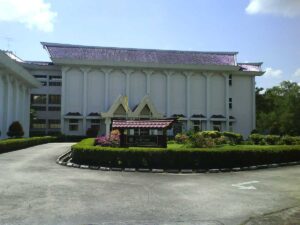
The Malay Technology Museum is one of the most beautiful sites, located in Bandar Seri Begawan, Brunei, and is a fascinating institution dedicated to exhibiting the traditional technologies and cultural heritage of Brunei’s Malay community that attracts tourists.
That is to say, the museum showcases Brunei’s cultural identity through traditional craftsmanship, skills, and innovations, providing tourists with a unique insight into the country’s history and daily life.
A modern building at the Malay Technology Museum welcomes tourists, blending traditional architecture.
In other words, the museum’s exterior is adorned with intricate carvings, decorative motifs, and symbolic designs that highlight the craftsmanship of Bruneian artisans.
Inside, the museum’s galleries are arranged thematically to explore various aspects of Malay technology and traditional practices.
In addition, exhibits include displays on boat-building techniques, traditional fishing methods, agricultural practices, textile weaving, and traditional medicine.
Visitors can admire models of traditional Malay houses, woodworking tools, and artifacts displaying the ingenuity and resourcefulness of Brunei’s Malay community.
In addition, the museum offers interactive exhibits and demonstrations for visitors to engage in activities like weaving, pottery-making, and fishing.
Hands-on experiences deepen tourists’ appreciation for skills and knowledge passed down through generations in Brunei’s Malay culture.
The museum also houses a collection of artifacts, photographs, and audiovisual presentations that document the evolution of traditional technologies and their relevance in contemporary Bruneian society.
Guided tours and programs enhance understanding of Brunei’s cultural heritage and technological advancements.
Tourists explore Brunei’s Malay cultural identity, witnessing resilience, creativity, and innovation through traditional practices at the museum.
It is a must-see destination for those interested in exploring Brunei’s cultural diversity and historical legacy.
These sites offer a rich tapestry of Brunei’s cultural, historical, and architectural heritage, making them must-visit destinations for tourists.

